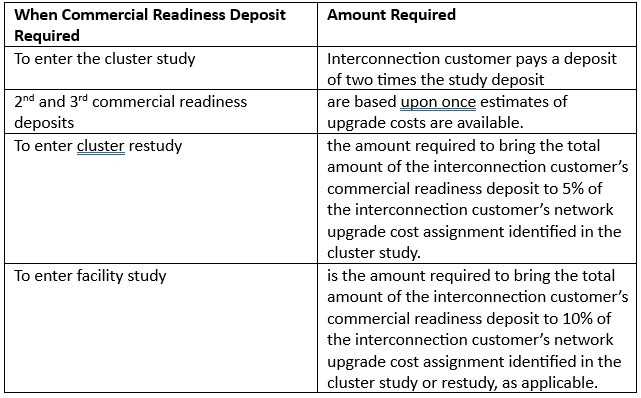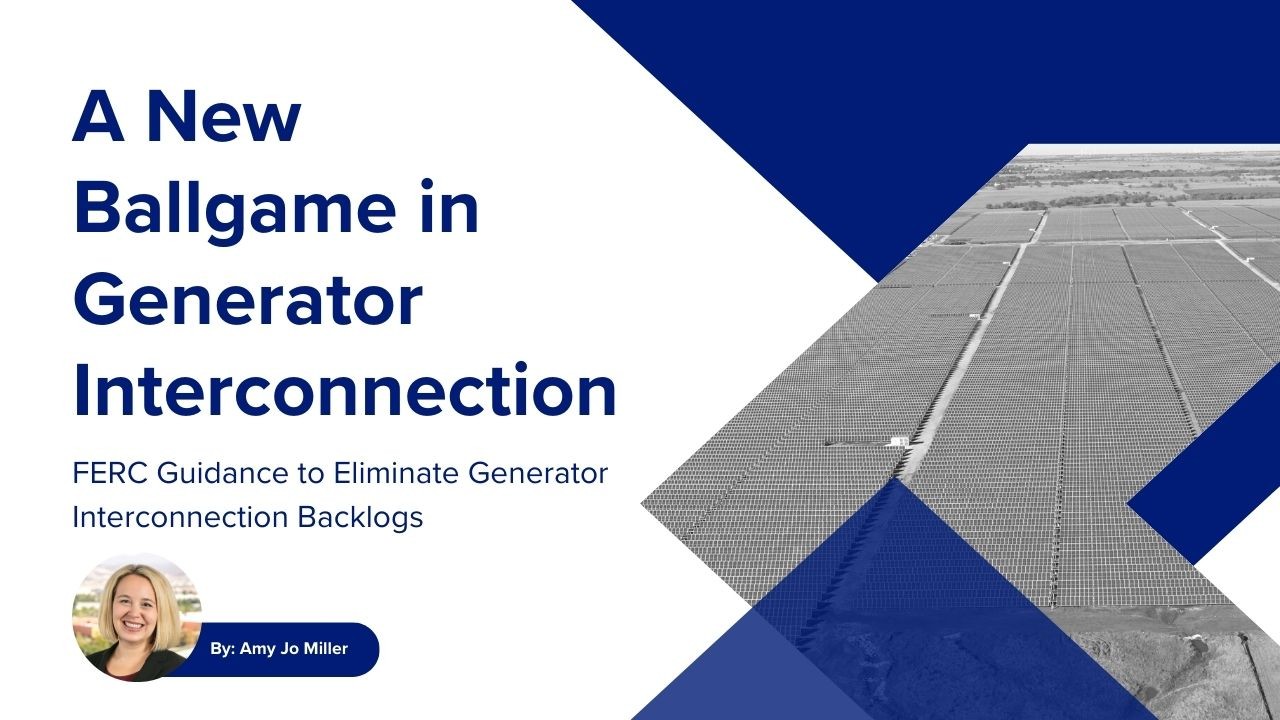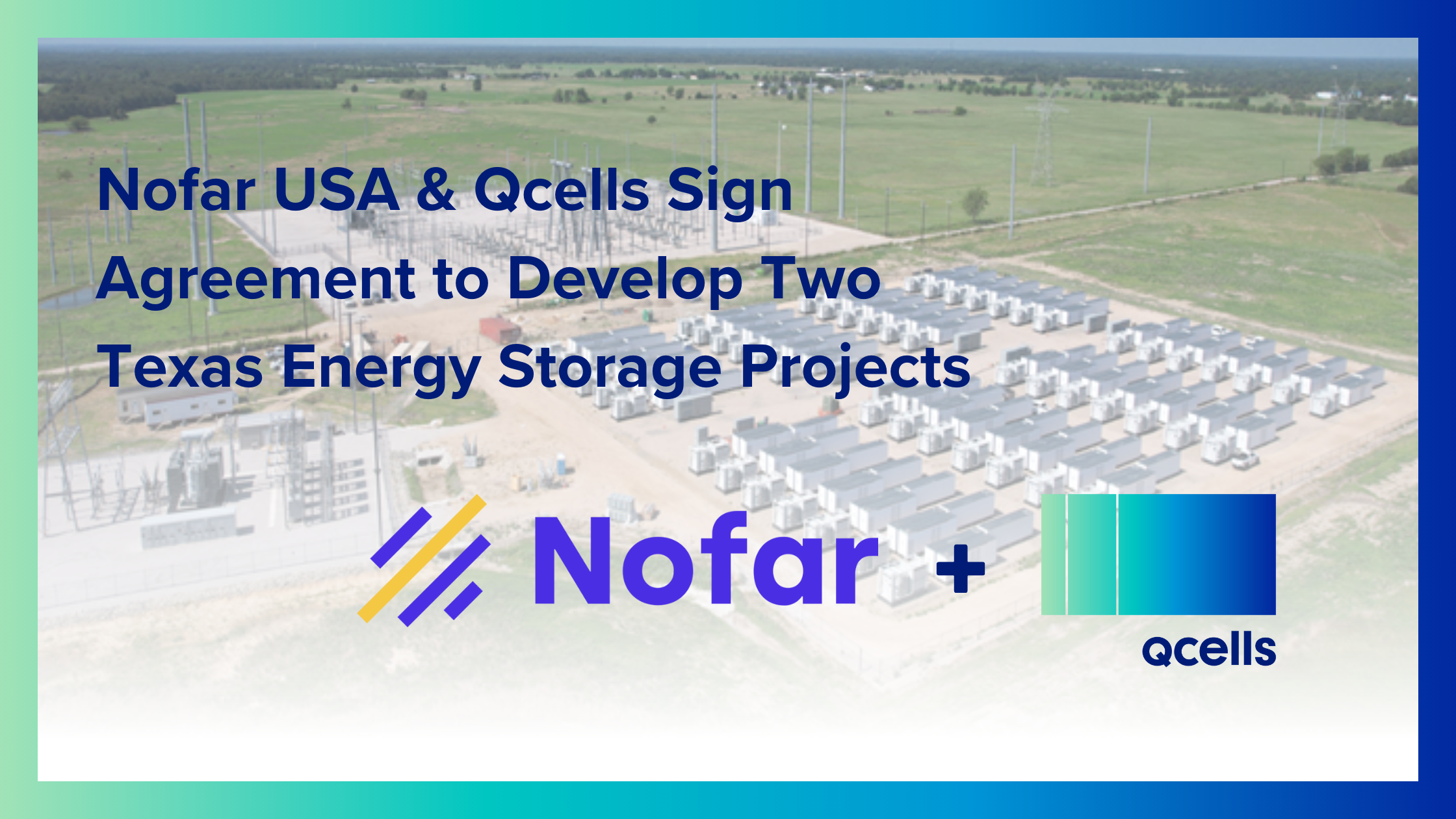It has been 2 years (7/15/21), since Federal Energy Regulatory Commission issued Advance Notice of Proposed Rulemaking for potential reforms to FERC requirements governing the regional transmission planning and cost allocation and generator interconnection processes (RM21-17). Since then FERC has issued:
1. Notice of Proposed Rulemaking (Transmission Planning and Cost Allocation NOPR) proposing reforms to its existing regional transmission planning and cost allocation requirements in the same proceeding as it issued the ANOPR back on 4/21/22.
2. Notice of Proposed Rulemaking Regarding Improvements to Generator Interconnection Procedures and Agreements RM22-14 on 6/16/22 as well as FERC order 2023 on this NOPR.
This article focuses on FERC Order No. 2023 from RM22-14 issued on 7/28/23.
Hats off to FERC for evaluating over 4,500 pages of comments and issuing a rule that encompassed so many aspects of the generator interconnection process. My sincere hope is once the transition process has concluded that Transmission Providers (TPs) will find their rhythm with at least an annual cluster study process. In the meanwhile, my hope is that the transition process and those who have made investments to date can determine the path for the transition process that leads to commercial operation.
Let’s review some key FERC determinations.
Timing to move to a cluster process
i. Compliance filings within 90 calendar days of the publication date of this final rule in the Federal Register –> not 180 days
ii. On the Commission-approved effective date of the transmission provider’s compliance filing with this final rule, the transmission provider will commence the transition study process.
iii. After the conclusion of the transition study process, the transmission provider will begin the first standard cluster study process.
Heat Maps for ICs to have information, replaces feasibility studies
Transmission Providers to post:
- Up-to-date base case study models on their Open Access Same-time Information System (OASIS) or other password-protected websites will improve the efficiency of siting decisions and
- Will provide interconnection customers with information about the feasibility of their interconnection plans
Transmission providers are to provide the following information as outputs at each point of interconnection:
(1) the distribution factor;
(2) the MW impact (based on the proposed project size and the distribution factor);
(3) the % impact on each impacted transmission facility (based on the MW values of the proposed project and the facility rating);
(4) the percentage of power flow on each impacted transmission facility before the proposed project; and
(5) the percentage power flow on each impacted transmission facility after the injection of the proposed project
Other important notes:
- TPs to update the heatmap within 30 calendar days after the completion of each cluster study and cluster restudy –> not every 30 days.
- TPs need to provide updates only for anything that has changed in the most recent cluster study or restudy after the 1st cluster study after the Commission-approved effective date of the TP’s filing in compliance with this final rule.
- Such heatmaps must be calculated under N-1 conditions and studied based on the power flow model of the transmission system with the transfer simulated from each point of interconnection to the whole transmission provider’s footprint (to approximate NRIS), and with the incremental capacity at each point of interconnection decremented by the existing and queued generation at that location (based on the existing or requested interconnection service limit of such generation).
- Heatmap req. applies to RTO/ISO, rather than to an individual/Transmission Owner in an RTO/ISO.
Network Upgrades (NUs)
i. Transmission providers to allocate network upgrade costs based on a proportional impact method & substation network upgrades costs are equally allocated based amongst the generating facility interconnecting to the same substation (i.e., on a per capita basis).
ii. If TP opts to study in groups, it cannot change how it allocates NU costs
iii. TPs determine if study in subgroups or not
iv. TPs assess alternative transmission technologies instead of more traditional upgrades.
- Alternative transmission technologies: static synchronous compensators, static VAR compensators, advanced power flow control devices, transmission switching, synchronous condensers, voltage source converters, advanced conductors, and tower lifting during the cluster study, including any restudies, of the generator interconnection process in all instances (i.e., for all interconnection customers in a cluster), without the need for a request from interconnection customer (to reduce interconnection costs).
Affected Systems
i. Standardized procedures, timelines and agreements.
ii. Certain affected systems may also be subject to monetary penalties for missing study deadlines.
Costs to enter cluster as a new entrant (not transitional)
i. $5K non refundable application fee
ii. Increased Study Deposits

iii. Allocation of Cluster Study Costs – Allow each transmission provider to propose its own study cost allocation ratio for allocating the shared costs of cluster studies between a per capita basis and pro rata by MW, provided that: between 10% and 50% of study costs must be allocated on a per capita basis, with the remainder (between 90% and 50%) allocated pro rata by MW. Under this revised provision, a transmission provider may propose to retain its existing study cost allocation ratio if it falls within this range and meets the requirements of this final rule.
iv. Commercial Readiness Deposit Required; not Commercial Readiness Demonstration

v. Withdraw Penalties
a. FERC declined to adopt withdrawal penalty caps.

vi. 90% site control for gen facility land only
Note: Actual costs to enter cluster dependent on size of project, size of cluster and more.
Transition
i. TP chooses between 3 transition options:
a. A transitional serial study comprised of a facilities study (i.e., a transitional serial interconnection facilities study)
b. A transitional cluster study comprised of a clustered system impact study and individual facilities studies, or
- Need 100% site control & $5M to enter
c. Withdrawal from the interconnection queue without penalty
ii. Withdraw penalty 9x the study amt
FERC clarified that transmission providers that have already adopted a cluster study process or are currently undergoing a transition to a cluster study process will not be required to implement a new transition process.
Other
i. TPs have penalties if do not perform studies on time
ii. ESRs assumptions for studies
I commend FERC for this great first step to eliminating the generator interconnection backlogs across the country. I believe we are in a whole new ballgame when it comes to interconnection with all parties vested for generator interconnection. I look forward to the day where we have more guidance on coordination of transmission planning with generator interconnection. Until then, we must come together to comply with the FERC ruling and work towards commercial operations of these projects.





 USA & Canada
USA & Canada Korea
Korea Germany
Germany United Kingdom
United Kingdom France
France Italy
Italy Netherlands
Netherlands Greece
Greece Poland
Poland Portugal
Portugal Hungary
Hungary Spain
Spain Japan
Japan